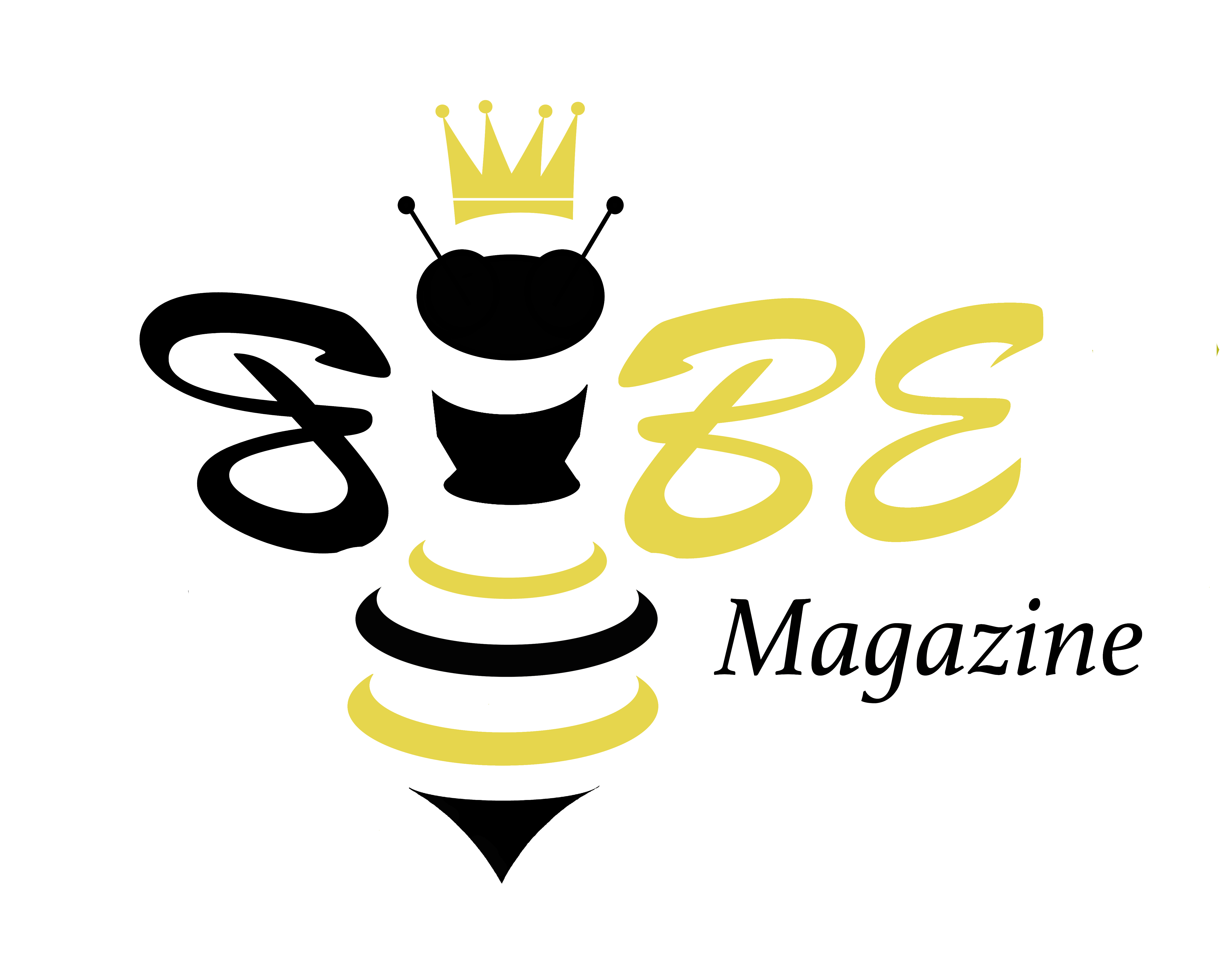According to the Cambridge English Dictionary, culture is “the way of life, especially the general customs and beliefs, of a particular group of people at a particular time.” Many times, when we think about culture, we think about ethnic or religious cultures, which tend to be characterized by certain clothing, foods, customs, holidays, and languages.
Not all cultures are like that, however. Some are a little harder to see, and as a consequence, are a little easier to forget. “Out of sight, out of mind” is a saying for a reason, and a couple of cultures, in particular, don’t often get brought up very often: American queer culture, and American Deaf culture.
On the surface, it’s hard to see what these two cultures could possibly have in common. What does not being able to hear have to do with not being cishet? Actually, more than you may think. As a queer person studying American Sign Language (ASL), I’ve been surprised and delighted to find quite a few similarities. Here are a few of my favorites, plus one similarity I wish were stronger.
Transmission by peers, not parents
Between 90% and 95% of d/Deaf children are born to hearing parents, most of whom have no knowledge of ASL or what it means to be d/Deaf.1 Stats on hearing status are much more readily available than stats on gender identity and sexual/romantic orientation, but I’d estimate that the numbers are roughly the same for queer children born to straight (cishet) parents.
Ethnic and religious cultures are passed from parent to child, down through generations, but queer culture and Deaf culture are most often passed on by peers. When a d/Deaf child is born to hearing parents, they will learn ASL, gesturing, and Deaf culture from children their own age, generally at Deaf schools, Deaf community centers, or from d/Deaf children in their neighborhood. When a person with cishet parents realizes that they’re queer (sometimes this happens very early on in life; sometimes very late), they too must turn to their peers, though these interactions often take place online, through forums, blogs, discussion pages, and YouTube channels run by queer individuals or communities. Queer history is not taught in public schools any more than Deaf history is, and while d/Deaf students may have the opportunity to go to a Deaf school and learn about their history more formally, queer students generally have to learn independently or not at all.
Learning culture from your peers is no better or worse than learning from your parents, but until you find those peers, it’s easy to feel isolated and alone.
“I don’t mind if you are x, as long as you don’t act x”
If I had a dollar for every time I heard someone say “oh, no, I don’t mind gay people, I just wish they didn’t have to act so gay,” I’d at least have a solid $20 by now. Interestingly, the same attitude exists towards d/Deaf people.
Many hearing people, and even some deaf people, believe that integration into the mainstream hearing culture is the most desirable outcome for d/Deaf people.³ Deafness is commonly viewed as something to be “cured,” with hearing aids or cochlear implants, and d/Deaf people are expected to be able to speak English (with as little of an accent as possible, lest they are mocked) and adhere to the norms and customs of hearing culture.²/³ A d/Deaf person who speaks with a “deaf accent” is as likely to face discrimination as a queer man who speaks with a stereotypically “gay” voice, and two d/Deaf people engaging in a signed conversation are as likely to be gawked at as a same-gender couple demonstrating affection.
Regardless of the subculture, mainstream culture is much more likely to profess tolerance than it is to actually show it.
Internal debate
Internal debates are present within any culture, but I’m particularly struck by the volume of debate within the queer community and the Deaf community.
The Deaf community is made up of deaf people and Deaf people, as well as hearing friends or family members of d/Deaf people.¹ “Little d deaf” refers to people who have little to no hearing, but who consider themselves to be primarily a member of the hearing community. They are generally raised in hearing households, taught English before ASL, attend public schools, and consider their deafness to be a disability that can be addressed with hearing aids or cochlear implants. “Big D Deaf” refers to people who have little to no hearing but embrace their deafness as a difference, not a disadvantage. They consider ASL to be their primary language, rather than English and see themselves as culturally Deaf.¹
Some Deaf people believe that deaf people don’t belong in the community, while others say that their lack of hearing guarantees them a place. Some deaf people think that Deaf people should act more like hearing people, and should accept biomedical interventions, but others understand the reluctance to give up what makes them different.³ Some deaf people, and many hearing people, believe that signed languages are inferior to spoken languages and that English should be taught exclusively instead.¹/²/³ Many of these debates have been going on for decades, if not centuries.²
Likewise, the queer community is made up of people who embrace their queerness to varying degrees. Some queer people grew up in very conservative households and are still trying to unlearn harmful beliefs, while others knew they were queer from a very young age and have grown up learning about and embracing the queer culture. Some queer people feel the need to dictate what types of queer are “allowed” in the community, while others insist that it should remain open to all who feel that they may have a place there. Cisgender queer people can still discriminate against transgender queer people, and white queer people often still discriminate against queer people of color.
Power dynamics and hierarchies exist within all cultures; queer culture and Deaf culture are no exceptions.
+1 Collectivist culture
The biggest difference between American Deaf culture and mainstream American hearing culture is that Deaf culture is collectivist.¹ Instead of competition and individualism, Deaf Americans embrace the idea that they are stronger together than they can ever be apart, and work to make sure that everyone is taken care of. Whether you’re deaf or Deaf, whether you sign fluently or haltingly, whether you’ve been Deaf your whole life or lost your hearing a month ago, the Deaf community will make sure that you have the resources and information you need to succeed.¹
Of course, no culture is perfect, and the collectivist tendencies don’t always supersede the internal debates. But the effort is there, to look out for one another despite differences because it’s very deeply understood that if your fellow d/Deaf people don’t have your back, then no one will.
This is something that the queer community has done better at certain times than at others, and with the anti-transgender policies streaming down the pipeline, I can only hope that now is the time that we all band together and stand up for one another, because who else will? If our cis community members abandon their trans-peers, then trans-people really will have nowhere to turn.
There seems to be an increasing lack of tolerance within the queer community (at least in the circles that I move in), and most of it is aimed at young, questioning people still trying to find their place in the world. Just as newly d/Deaf people will make mistakes with ASL and Deaf customs and norms, people who have just realized their queerness will make mistakes with terminology and tradition, and it seems as though the queer community is much less forgiving of such mistakes than the Deaf community. Everyone needs time to learn, and in marginalized groups, we can’t afford to push each other away. We must be strong, and for that, we must stand together.
-Anna Burns
- ASL: American Sign Language Program. OSU Foreign Language Publications, 2018.
- Miller, Katrina R. “American Sign Language: Acceptance at the University Level.” Language, Culture, and Curriculum, vol. 21, no. 3, 2008, pp. 226–234.
- Tabak, John. “Some Contemporary Trends Affecting ASL.” Significant Gestures: A History of ASL, Praeger Publishers, 2006, pp. 181–187.

